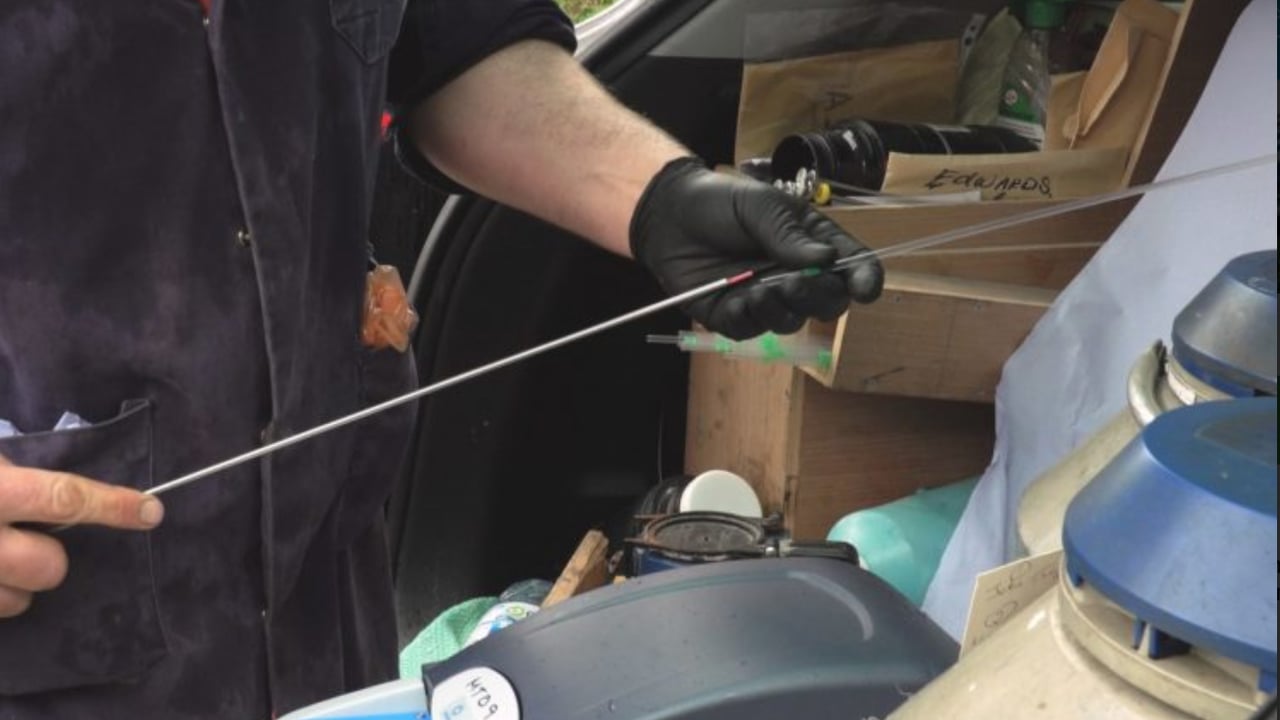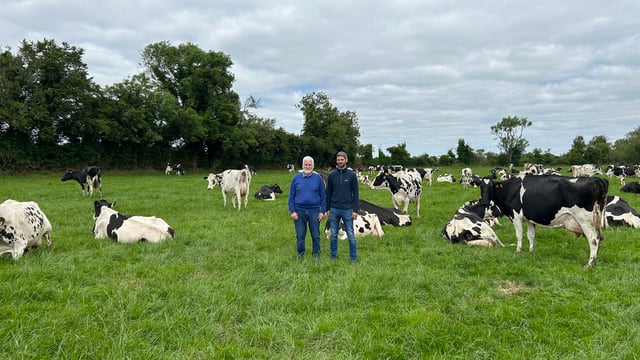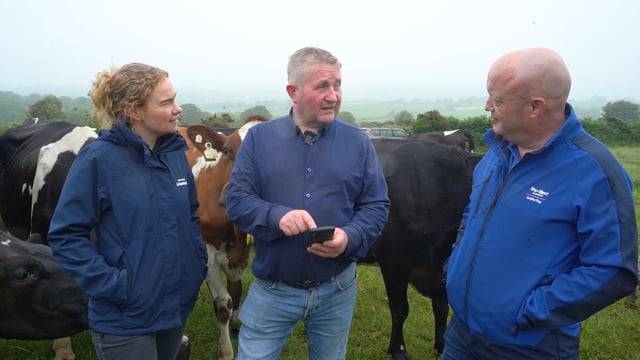Breeding season: What were the trends?
Agriland spoke to a number of representatives from AI companies around the country to see what were the top bulls used this breeding season.
Speaking to a number of these companies helped us determine what the common trends were, the most popular bulls were and the traits farmers were looking for in 2024.
This breeding season saw artificial insemination play a vital role to not only breed high replacement heifers, but to also breed high-value, quality, more saleable beef calves.
The 2024 season saw a further increase in dairy-beef and sexed semen straws used on dairy farms, with overall dairy insemination down from recent years.
Agriland spoke with Andrea Rafferty from World Wide Sires who said that they have seen a steady increase in sexed semen usage followed by beef on dairy bulls within the Irish herd. She said:
"As more farmers implement the use of technology such as heat detection, confidence has grown with more herds utilising sexed semen to reduce the number of bull calves born on farm."
Quality beef bulls for use on the dairy herd was a common trend, with many farmers choosing to breed calves for buy-back schemes such as the Longhorn Programme.
Demand was strong for bulls with great fertility figures, daughter pregnancy rates and production - particularly soilds with the top selling dairy bulls as follows:
- Sandy-Valley McGraw (Conway x Legacy);
- Sandy-Valley Conway (Renegade x Granite);
- WET Legacy Mufasa (Legacy x Achiever);
- SSI Tua Grassfire ( Tua x Renegade).
The Angus lineup is in high demand due to their easy calving nature and quality of calf. Netherton Black Lightning is their highest DBI sire and has been particularly popular, while the ever-reliable Spring Grove Holmes has remained a favourite.
Another new addition to their Longhorn portfolio has been Blackbrook Freddie. The calves qualify for the Buitelaar Longhorn Scheme, which has proved really successful over the past couple of years.
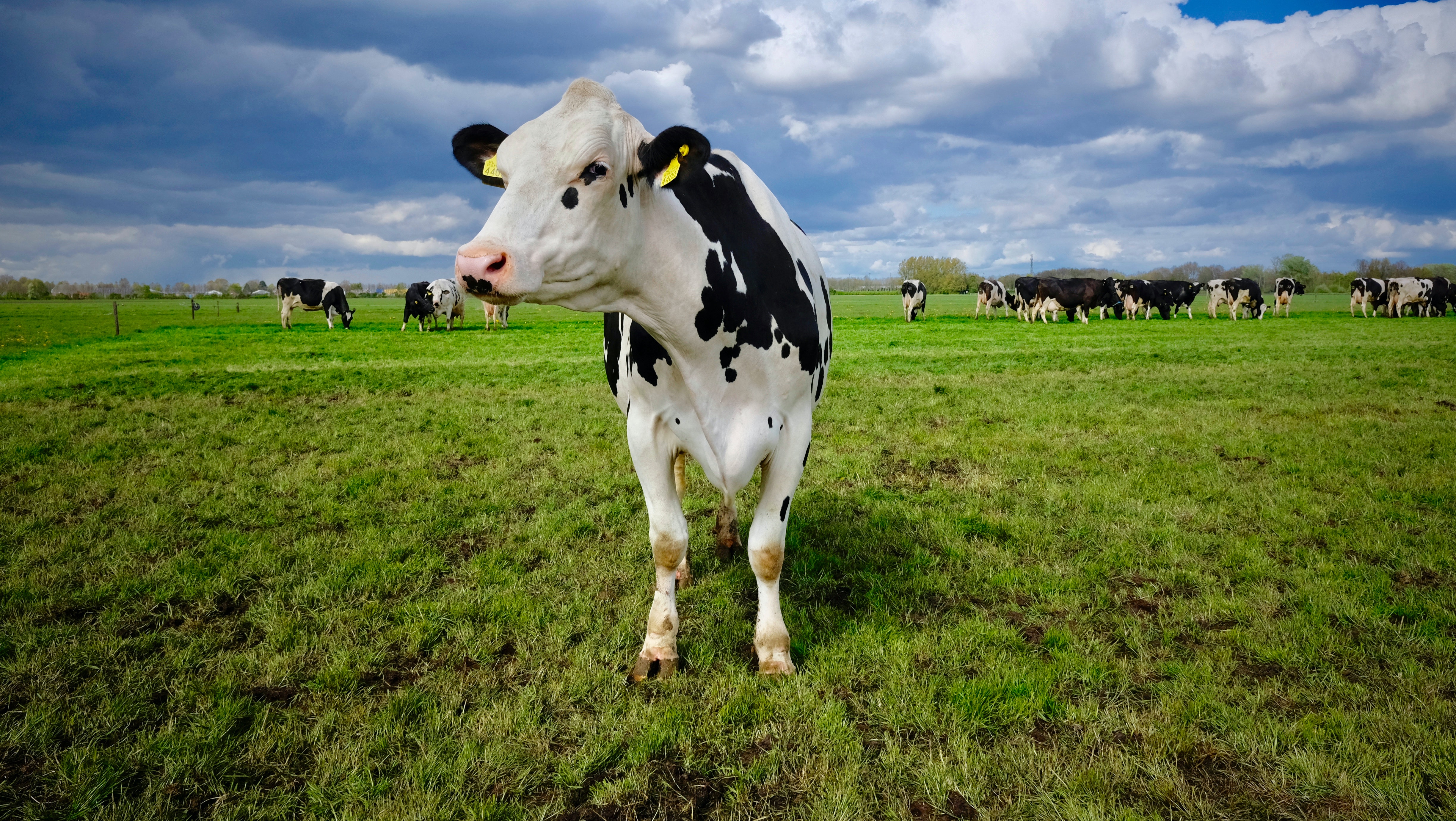
Munster Bovine also saw an increase of sexed semen this breeding season with a further increase in dairy-beef sales with conventional semen reducing , according to Tom Baker.
From the most popular bulls, the common denominator is that all the bulls had a balanced EBI, with a good production and fertility sub-index, while being mindful of maintenance also.
The most popular dairy x dairy sales were as follows:
- (IG) Tankardsrock Teak (FR7929);
- (IG) Olcastletown Captain SRM (FR9034);
- (IG) Tuohy Historic (FR8658);
- (IG) Tinnakill Grandslam (FR9016);
- (IG) Olcastletown Mojo (FR8709).
The most popular dairy-beef bulls saw Angus top the polls again with HW Lord Horatio V538 (AA6682) and Intelagri Matteo E.T (AA4089) being the to most popular choices.
The third most popular dairy-beef bull proved to be a Hereford, Gouldingpoll 1 Nijinsky (HE9382).
Dovea saw similar trends throughout the breeding season with an increase in sexed semen and dairy-beef bulls with conventional straw sales down.
Speaking to Niall Duffy of Dovea, he said that there has been an emphasis on milk production in particular this year with many farmers trying to strike a balance within the milk sub-index.
The goal this year has been trying to increase milk solids while holding the litres produced by aiming for a plus 0.32% kg/milk solids (ms).
The top dairy bulls sold from Dovea were as follows:
- Chlochrua Messi (FR9358);
- Ballintosig Star Trek (FR8862);
- Cherryhill trooper (FR9819);
- Clonlahy Boy (FR7755);
- Glenaboy Allstar SRM (FR8893).
The main sellers this breeding season for dairy-beef bulls remained to be Hereford and Angus bulls with there being a further emphasis to increase Aberdeen Angus usage due to the piqued interest in the Commercial Beef Value (CBV).
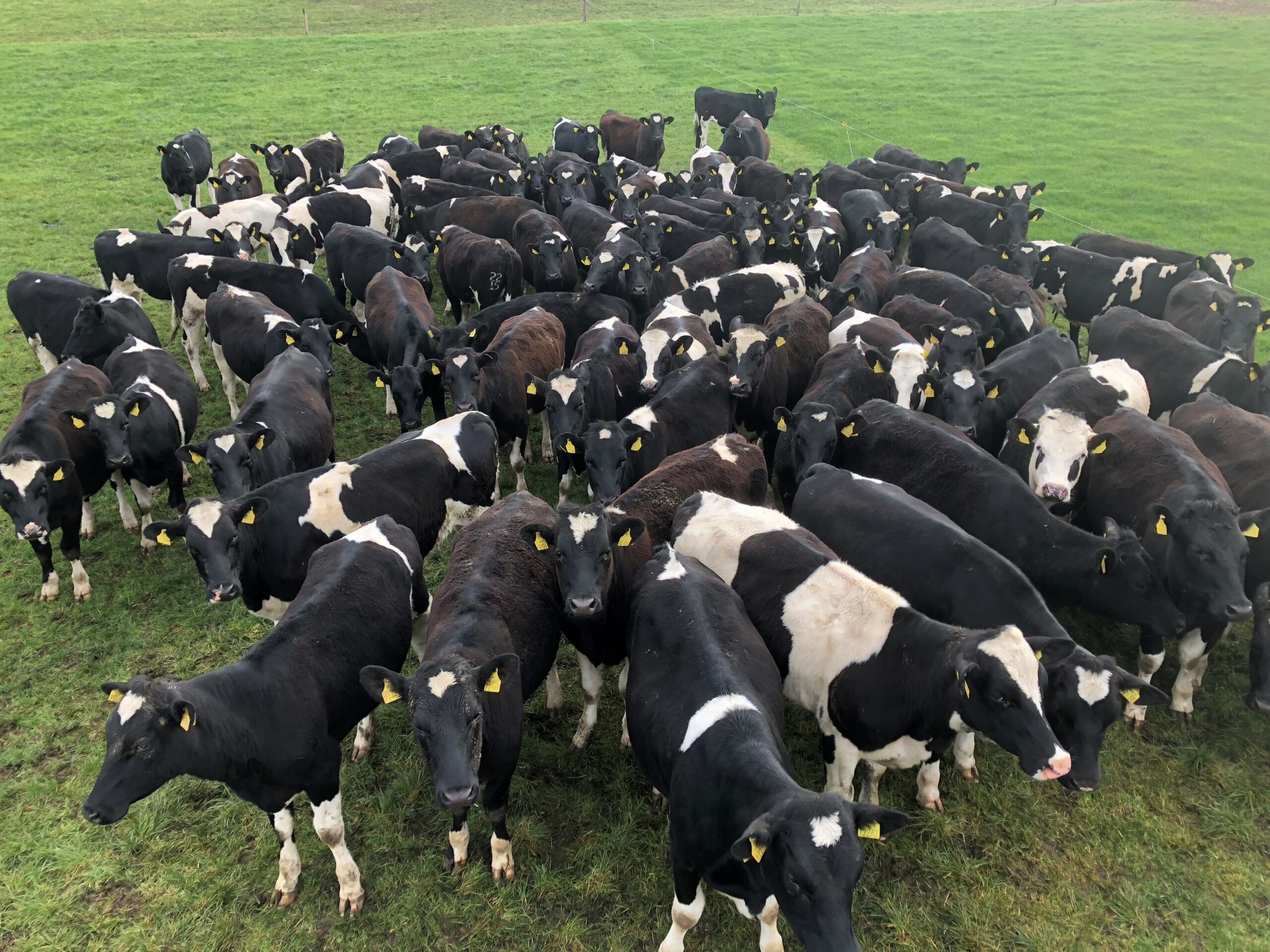
Over the two articles, we have got some really interesting insights in to how the breeding season went for dairy farmers and AI companies across the country.
The most obvious trend this year and has continued on from last year was the increased usage of sexed semen straws, which has decreased the amount of conventional dairy straws sold.
Furthermore, the tendency for dairy farmers was to breed their replacements to sexed dairy semen in the first three weeks of the breeding season and if anything came repeating, they were put to dairy-beef.
Farmers were a lot more selective and ruthless in choosing what got sexed semen and once they reached the number of replacements needed for their farm, sexed semen was stopped.
This could potentially have an affect on the number of surplus heifers available over the next couple of years as dairy-beef has seen a surge in sales this year also.
It was the same throughout all the companies as overall dairy straw sales were down with an increase in dairy-beef usage and this can be put down to a number of factors.
Farmers now understand the importance of having a saleable, high quality calf that is easy to get off the farm. There is a further understanding of the commercial beef value (CBV) and the dairy beef index (DBI).
This understanding is that calves are not going to sell on looks alone, but rather by having an estimate of the calf's true value.
To build on this, an interesting surge in sales was that of the Belgian Blue and Charolais bull straws which was thanks to a number of companies having a range of easy calving bulls from the respected breeds that suited the dairy sector.
This movement could be down to the fact that angus calves at times last spring were not making much money while the Charolais and Belgian Blue bulls were making great money.
One thing that was obvious from this breeding season was the need to produce high quality dairy-beef calves that would sell at any crossroad while breeding the number of top quality replacements needed for the farm system.

